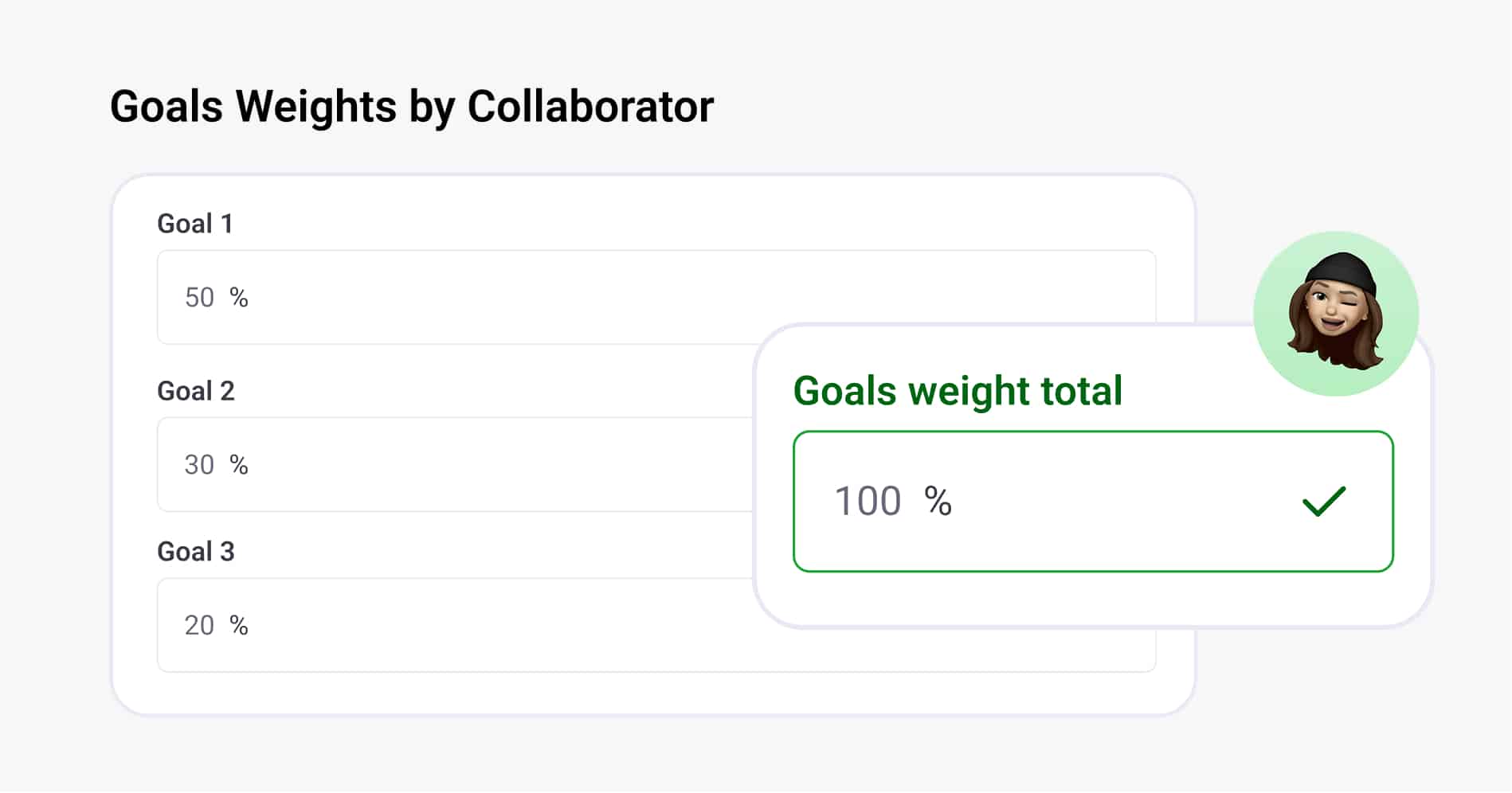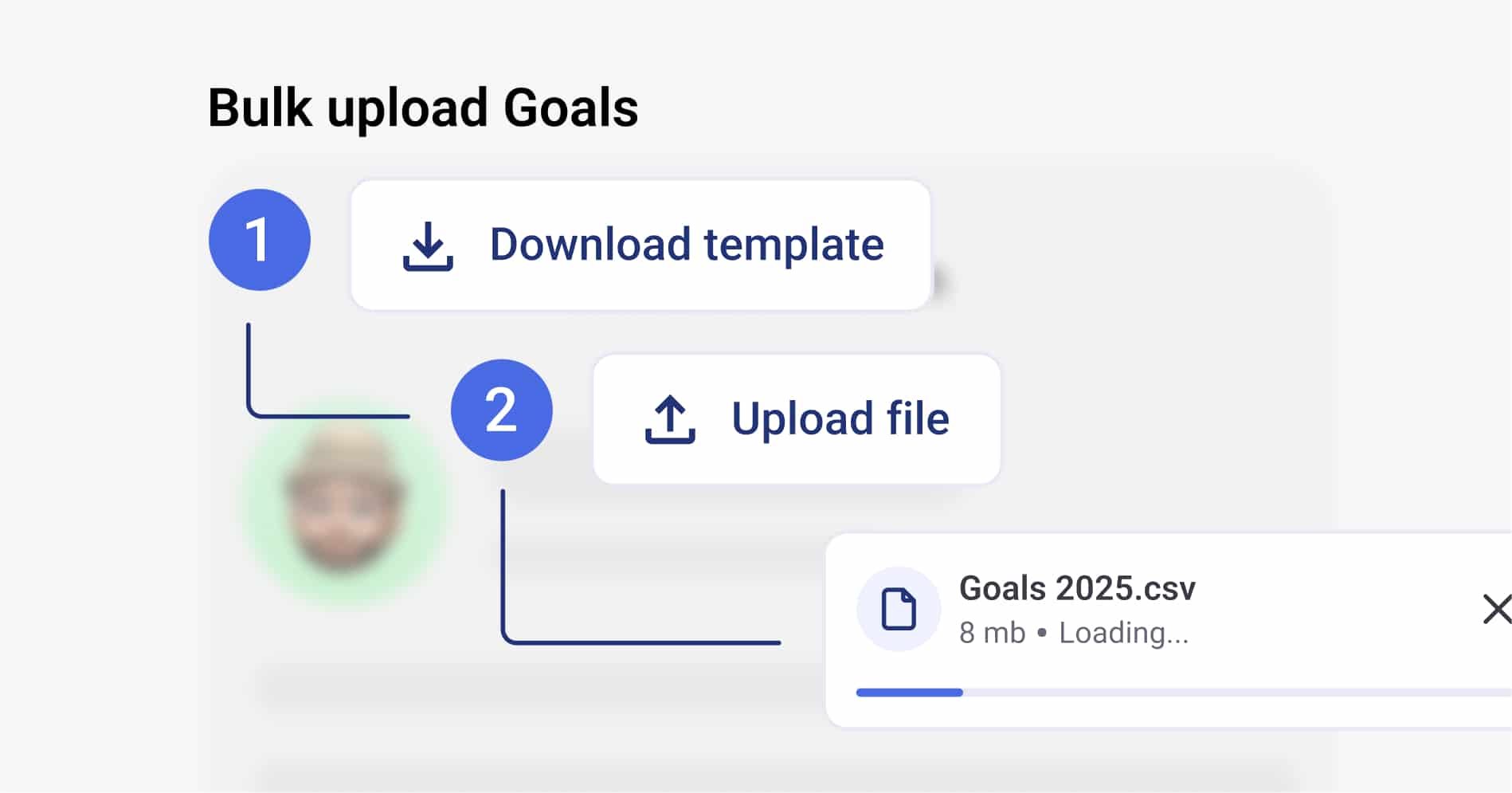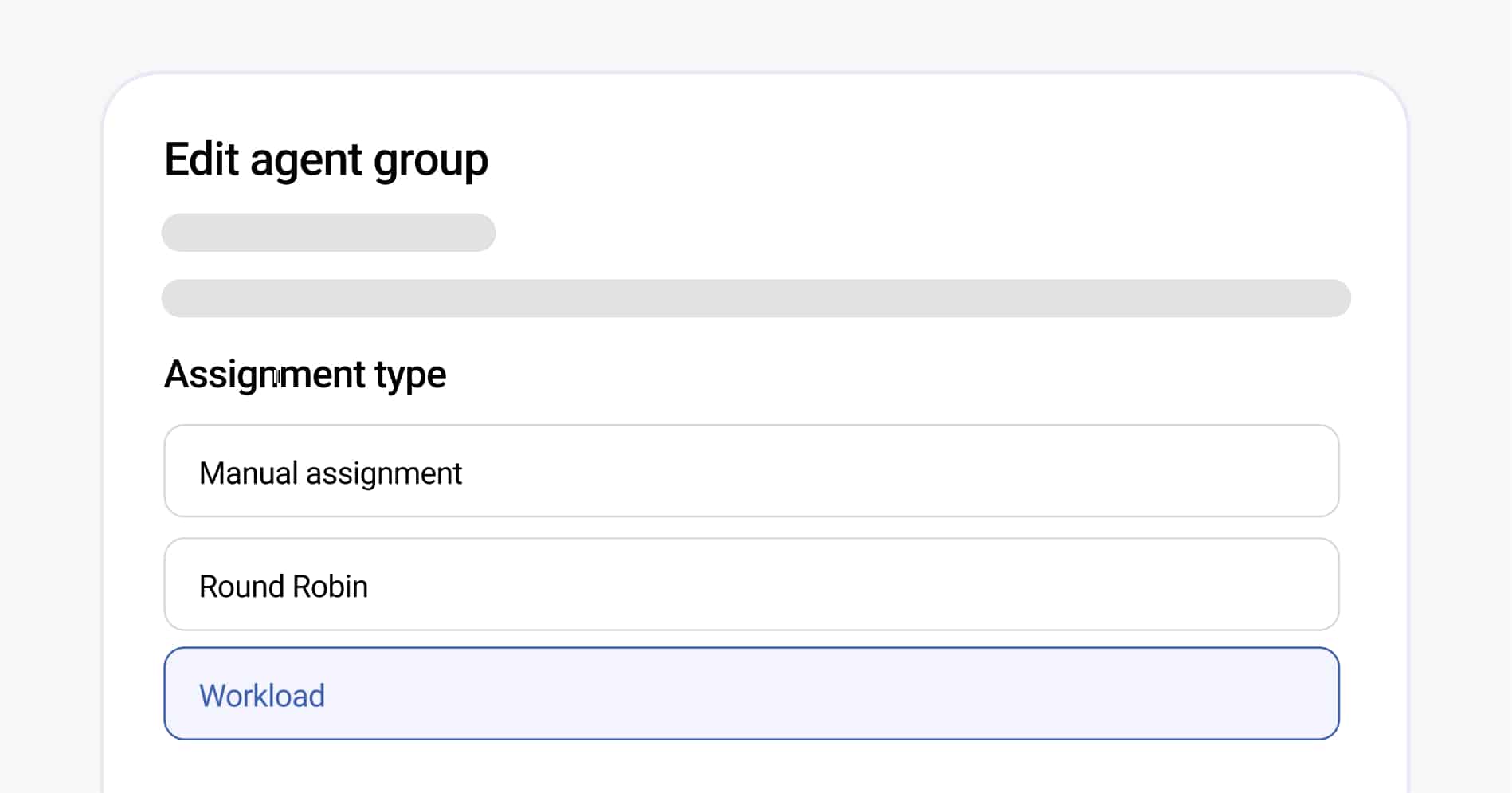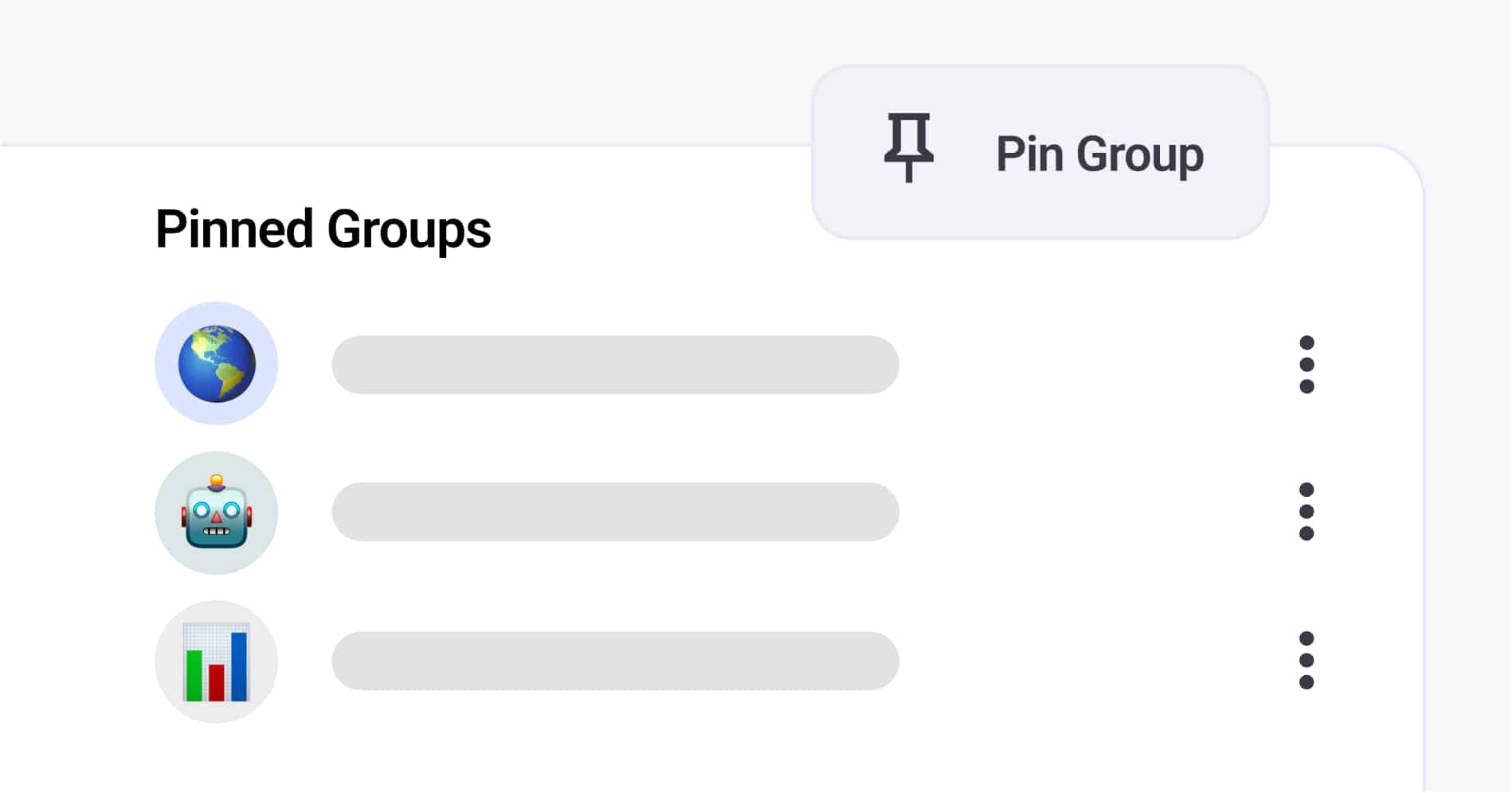“Is it time to let this employee go… or is there still a chance to turn things around?”
That’s one of the hardest questions a manager or HR leader can face. But here’s the thing: jumping straight to termination is often a lose-lose. It hurts morale, adds cost, and wastes potential. The truth is, sometimes a struggling employee doesn’t need to be replaced — they need a second chance with the right structure.
That’s where a Performance Improvement Plan, or PIP, comes in.
In this article, you’ll learn exactly what a performance improvement plan is, when to use it, and how to build one step by step. Whether you’re new to HR or just need a better process, this guide will help you support employees with clarity, fairness, and accountability — and avoid legal or emotional headaches down the road.
What is a Performance Improvement Plan (PIP)?
What is a PIP in simple terms?
A performance improvement plan (PIP) is a written plan that helps an employee fix specific problems at work — like not meeting expectations, missing deadlines, or struggling with communication.
Think of it like a roadmap: it clearly says what’s wrong, what needs to change, and how much time the employee has to show real progress.
But here’s what many people get wrong: a PIP isn’t a punishment.
It’s not about setting someone up to fail.
A good PIP is a tool to help people get back on track. It’s a structured, supportive way to say:
“We believe you can improve — and we’re going to help you do it.”
When should a PIP be used?
You don’t need a performance improvement plan for every little issue. Sometimes, a quick conversation or some coaching is enough.
But a PIP makes sense when:
- The same problem keeps happening even after feedback
- An employee’s work is far below the expected standard
- Their behavior is affecting the team or company goals
- You need to formally document performance issues for legal protection
Examples of when to use a PIP:
- A sales rep hasn’t met their targets for 3 months
- A designer regularly misses deadlines or ignores creative briefs
- A team leader creates tension with disrespectful or passive-aggressive behavior
In all these cases, a PIP helps by putting everything in writing: what’s wrong, what needs to change, and how success will be measured.
Benefits of Using a PIP (for the Employee and the Company)
Why PIPs matter more than you think
A Performance Improvement Plan isn’t just a form to fill out. When used correctly, it’s one of the most powerful tools in HR.
Here’s why:
- It creates clarity.
Everyone knows what the problem is, what success looks like, and what the deadline is. - It builds accountability.
The employee agrees to the goals. The manager commits to support. Everyone has skin in the game. - It gives a real opportunity for growth.
Many employees don’t want to fail — they just need a better framework. - It protects the company.
If things don’t work out, having a documented, fair process can reduce legal risk. - It improves communication.
A PIP opens the door to honest, two-way conversations.
Mistakes to avoid when creating one
- Using a PIP as a hidden firing tool.
- Being vague.
- Setting unrealistic deadlines.
- Skipping the support part.
- Failing to follow through.
The goal isn’t to “catch” someone failing. It’s to create a real chance for them to succeed.
How to Create an Effective Performance Improvement Plan
Step 1: Identify the core issue
Start with the real problem. Be honest, but stay specific.
Tip: Look at previous feedback, reviews, or complaints to spot patterns.
Step 2: Gather evidence and examples
Use numbers, dates, and real events.
Example: “Customer satisfaction dropped from 4.5 to 3.2 over 2 months.”
Step 3: Set clear, measurable goals
Each goal should follow this formula:
What needs to improve + by when + how you’ll measure it.
Example: “Send weekly team updates by Friday 10am for the next 8 weeks.”
Step 4: Define the timeline
Most PIPs last between 30 to 90 days.
Step 5: Decide how support will be provided
Include check-ins, coaching, training, or workload adjustments.
Step 6: Schedule check-ins
Stay consistent. Track progress, and adjust if needed.
Step 7: State possible outcomes
- Improvement
- Partial progress
- No progress (may lead to termination or reassignment)
Performance Improvement Plan Template (Free Sample)
Simple PIP Template You Can Use
| Section | Details |
|---|---|
| Employee Name | [Full Name] |
| Job Title | [Position] |
| Manager Name | [Manager/Supervisor] |
| Start Date | [MM/DD/YYYY] |
| End Date | [MM/DD/YYYY] |
| Areas of Concern | Clearly describe the performance or behavioral issues |
| Expected Improvements | List specific, measurable goals with deadlines |
| Support Provided | Training, meetings, coaching sessions, tools, etc. |
| Review Schedule | Dates of check-ins |
| Possible Outcomes | Clarify next steps after the PIP |
| Signatures | Employee, Manager, HR |
Sample Performance Improvement Plan: Real-World Scenario
Case: A marketing specialist has missed several campaign deadlines and failed to communicate delays.
- Issue: 3 out of 5 projects delivered late.
- Goal: Submit all tasks on time for the next 4 campaigns; send weekly status updates.
- Support: Assigned a mentor; bi-weekly 1:1 meetings.
- Timeline: 60 days
- Outcome: Role re-evaluation if no improvement.
🔗 See this Forbes guide on PIPs
From Plan to Progress: What Happens Next?
Tracking results and supporting the employee
- Follow the check-in schedule
- Give feedback — often
- Document everything
- Stay flexible, but firm
What if nothing changes?
- Refer back to the PIP
- Make a fair, timely decision
- Ensure compliance
- Handle exits with respect and clarity
Final Tips for HR Teams and Managers
- Lead with empathy, not fear.
- Be consistent.
- Keep it human.
- Leverage digital tools.
Platforms like Humand help manage performance conversations, goals, and documentation — all in one place.
Conclusion: A Plan That Helps People, Not Just Policies
A PIP should never feel like a trap. When done right, it’s a powerful tool to support struggling employees, strengthen your team, and protect your organization.
Let’s recap:
- ✅ What a performance improvement plan is
- ✅ When and why to use it
- ✅ How to build one effectively
- ✅ Free template + sample case
- ✅ What to do after it’s in motion
So before rushing to fire… consider the power of a well-written, well-managed PIP.
Because sometimes, all someone needs — is a second chance that actually makes sense.





